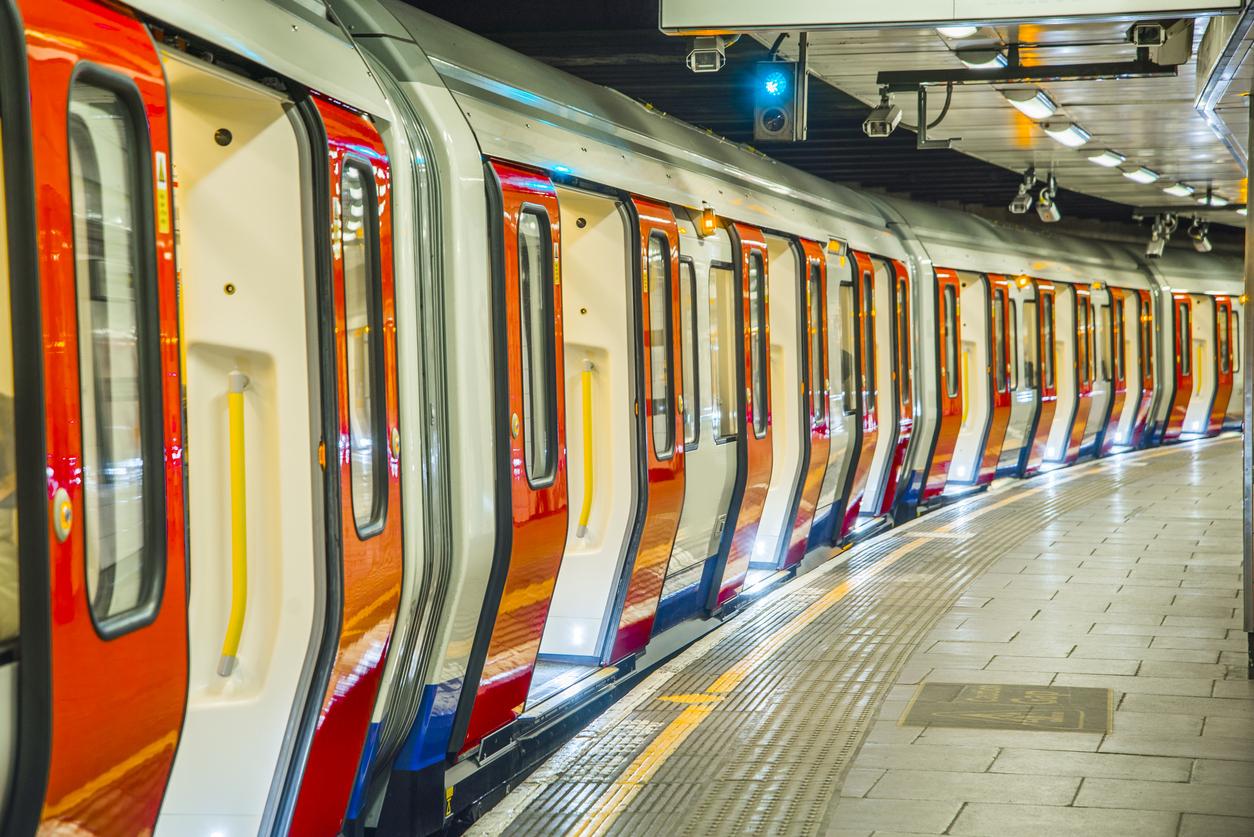7 secret codes of the London Underground and what they really mean
You might want to stay clear next time a ‘code 2’ is announced

If you’ve ever wondered what the person on the London Underground public address system is talking about when they announce a ‘code 3’ then you’re definitely not alone.
But it turns out that it’s typically a lot less life threatening – and a whole lot more disgusting – than you thought.
Instead, the numbered codes are used for cleaning staff, by station announcers to direct them to mess and incidents quickly and clearly.
After all, it makes much more sense for station controllers to communicate this way rather than burden commuters with the details of someone being sick on a platform.
Most tube stations will use a numbered system from 1-7, with each number representing a different type of cleaning job.
The categories range from bio-hazardous blood on the floor – code one – to a job involving urine or faeces – code two – and even someone throwing up on a platform – code three.
In other instances, station controllers will adopt the system to announce a spillage using code four , broken glass with code five and code six when someone has dropped a substantial amount of litter.
Meanwhile, code seven is used as a catch-term for everything else.
It’s fair to say, you might want to stay clear of the platform next time you hear a ‘code two’ announced.
Another code phrase that you might hear in Tube stations is ‘Inspector Sands’. This means that a fire alarm has been operated and staff have two minutes to come to the control room - if they don't check it automatically evacuates the station.
Join our commenting forum
Join thought-provoking conversations, follow other Independent readers and see their replies
Comments